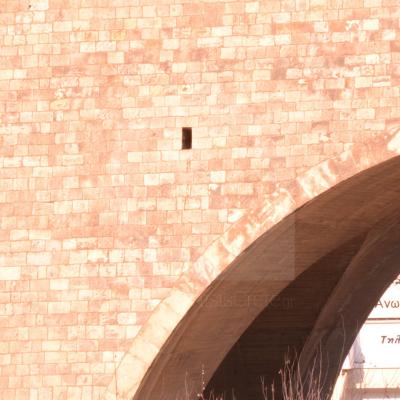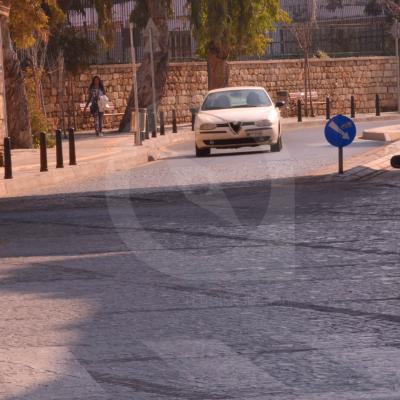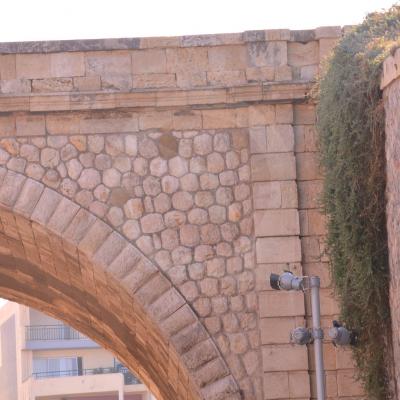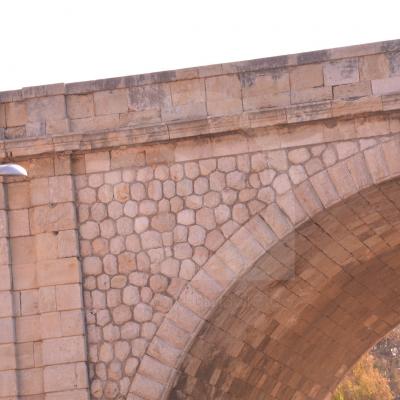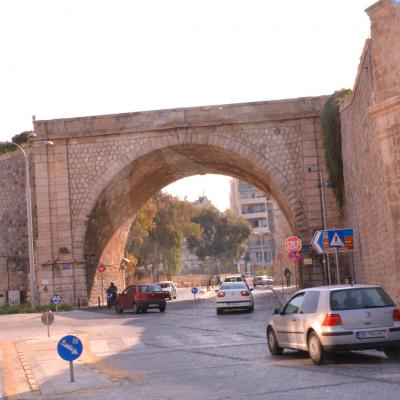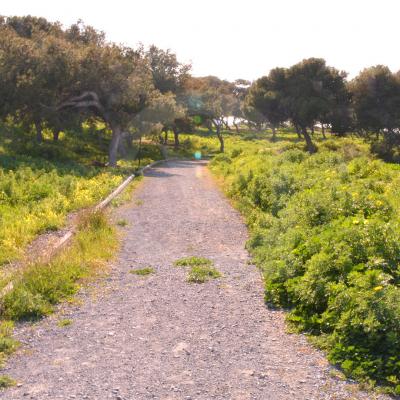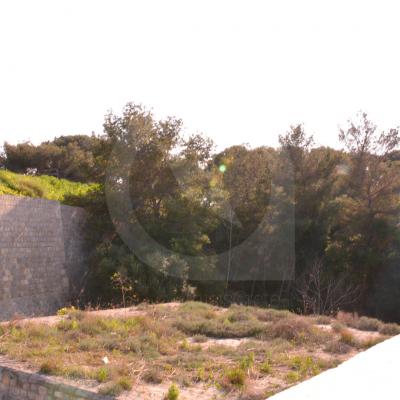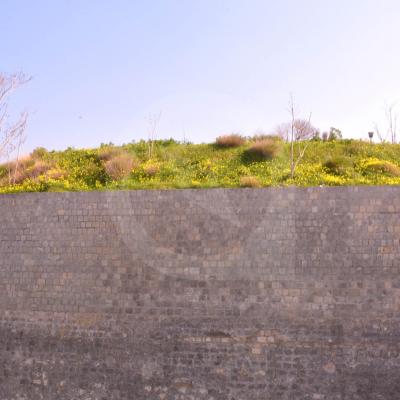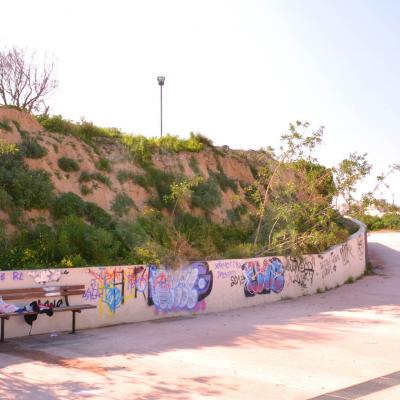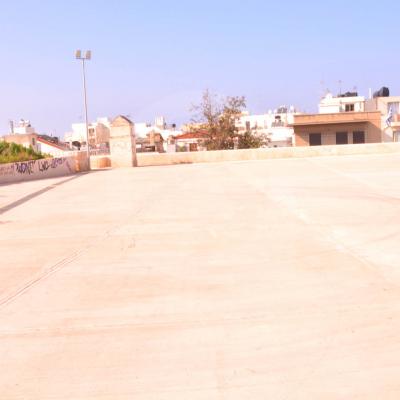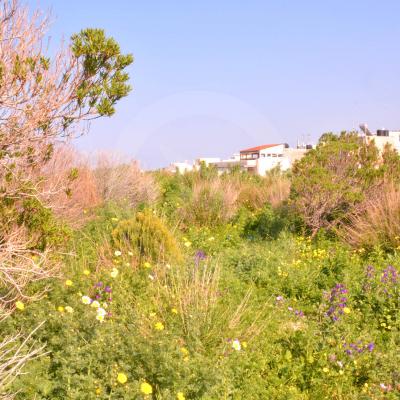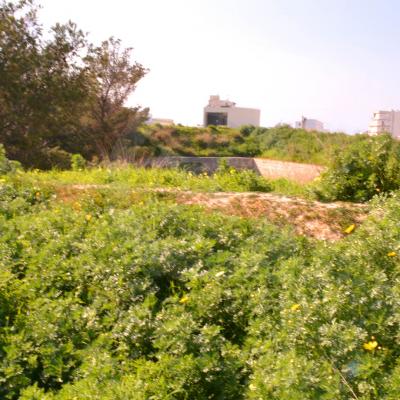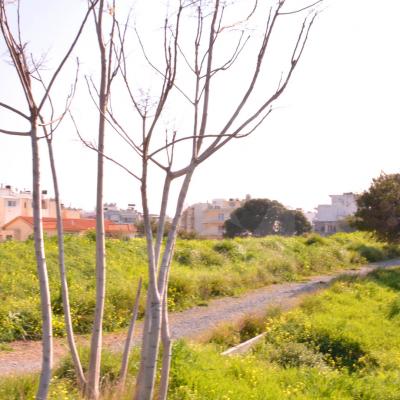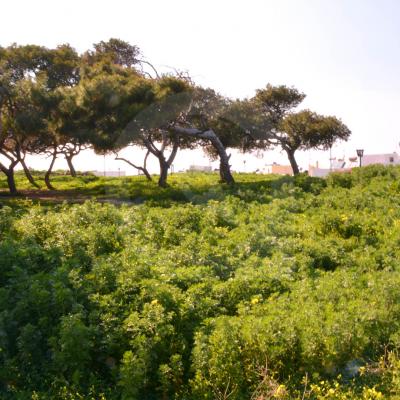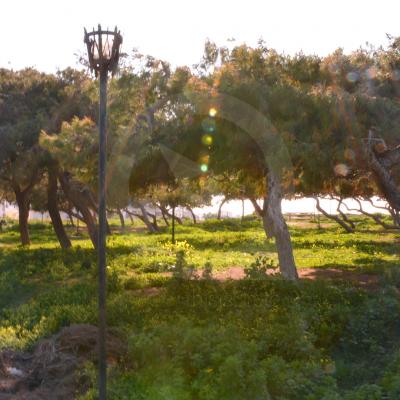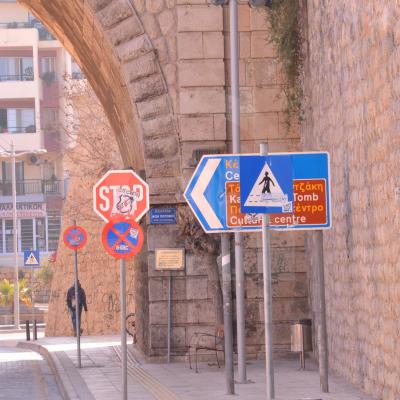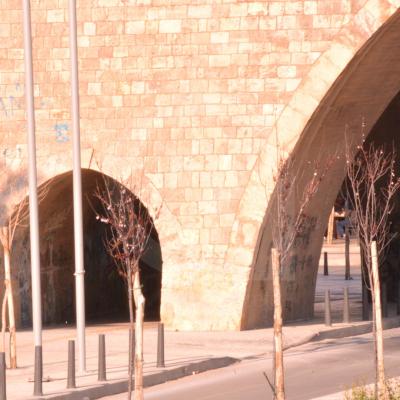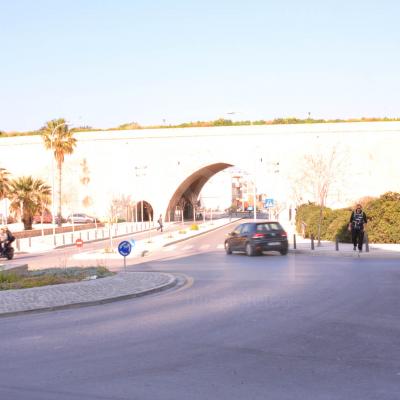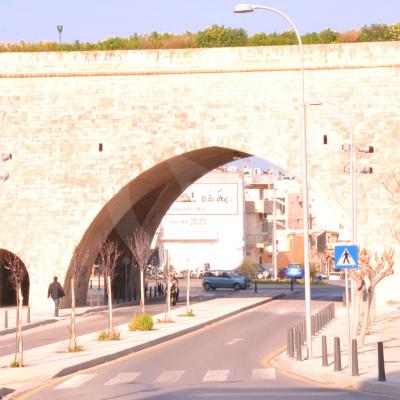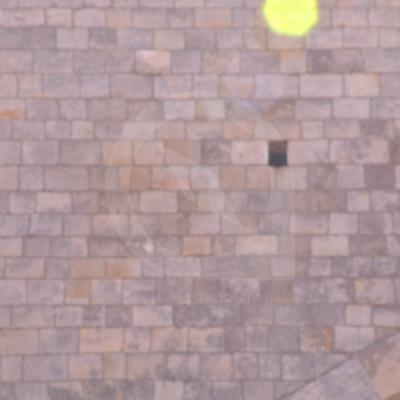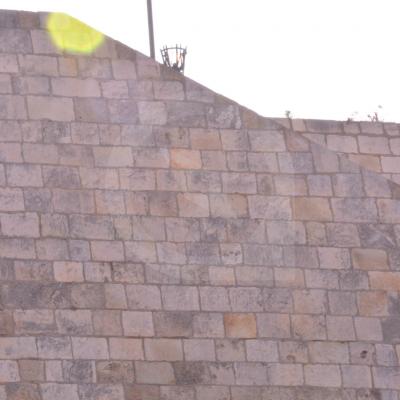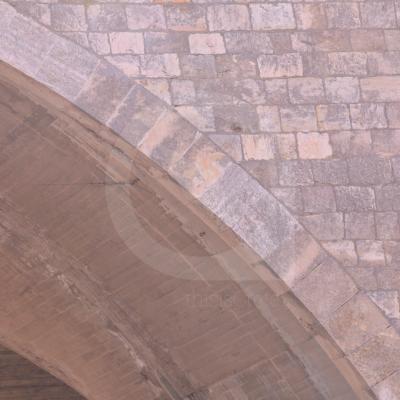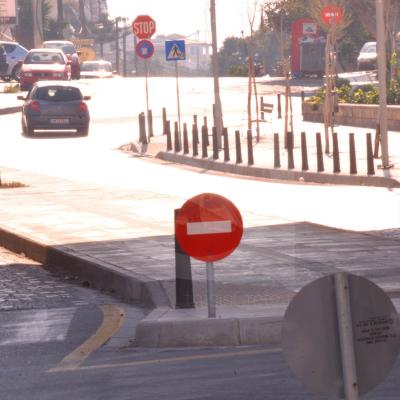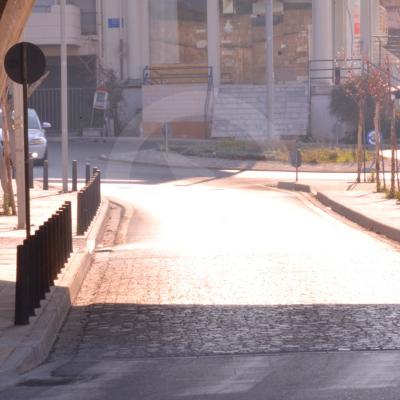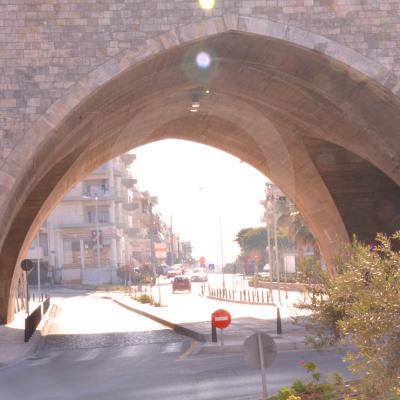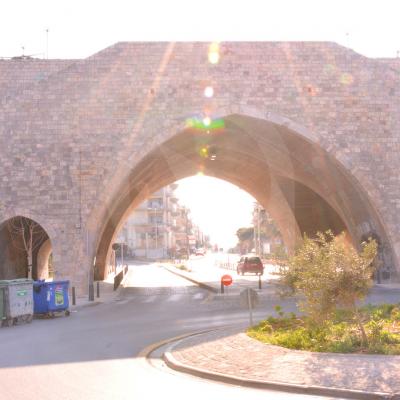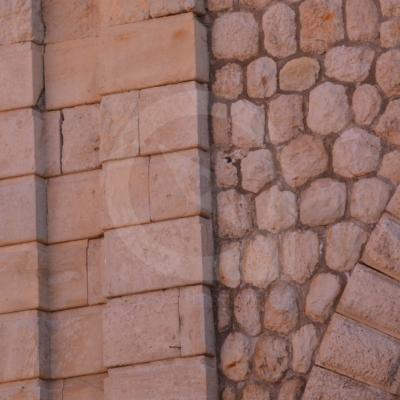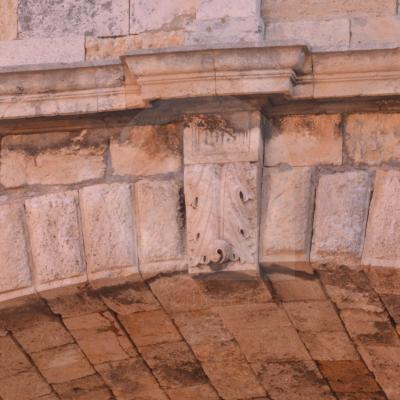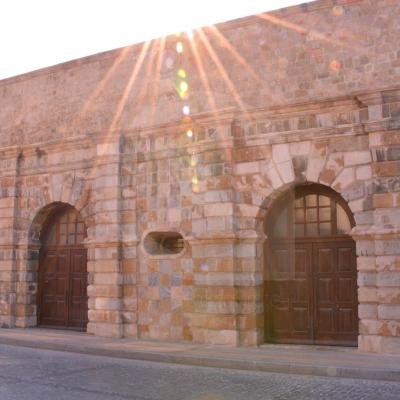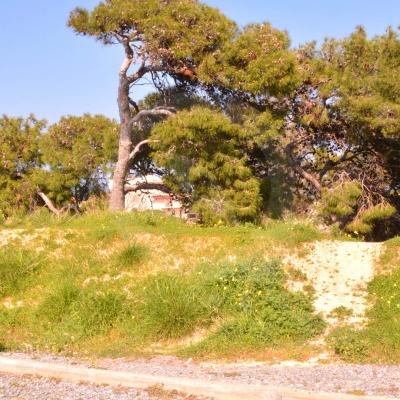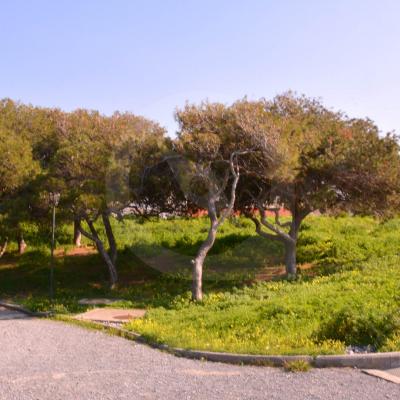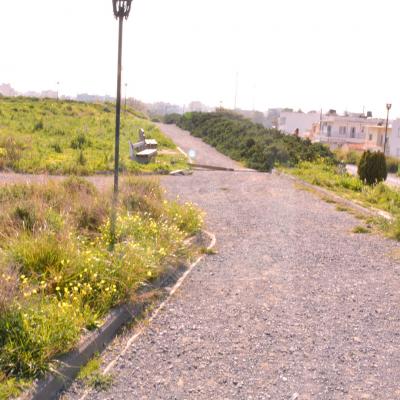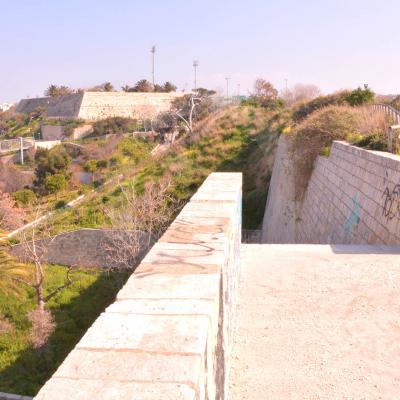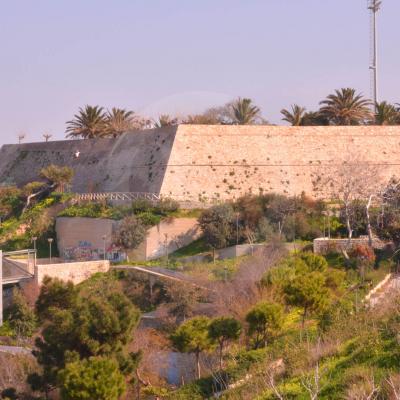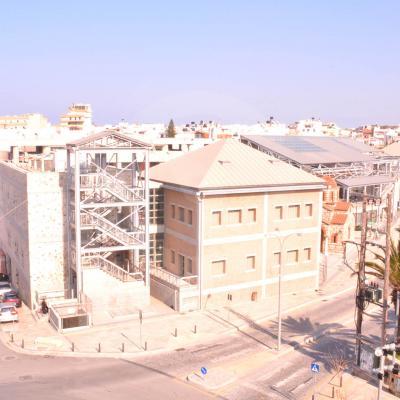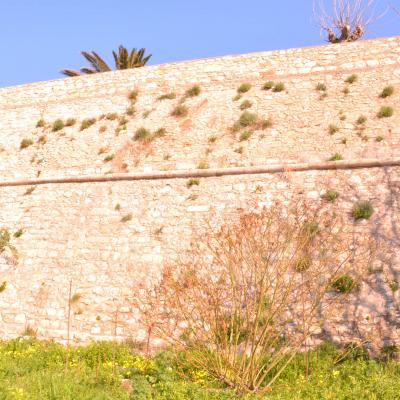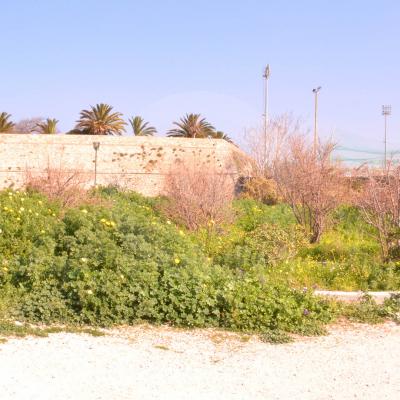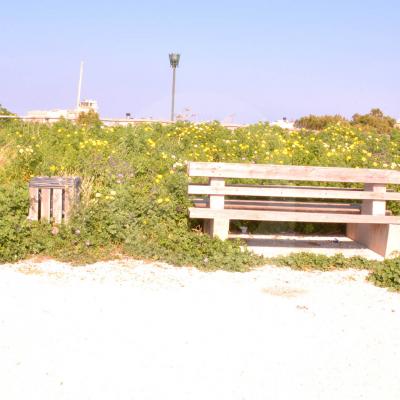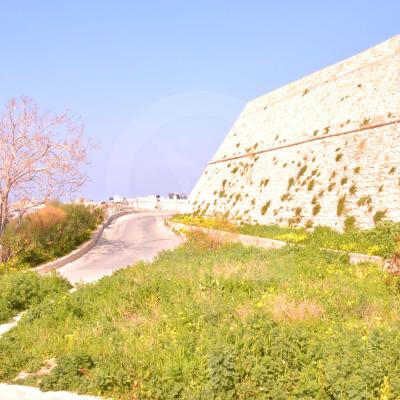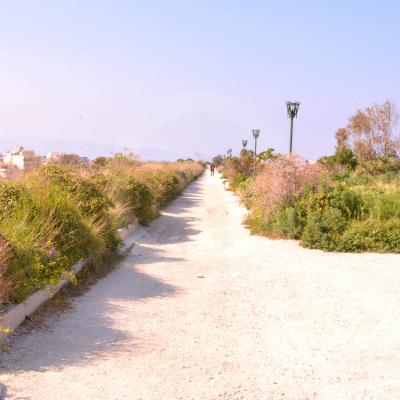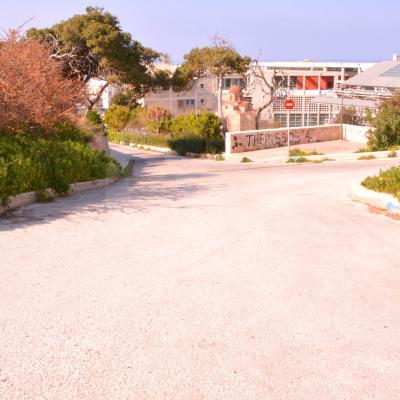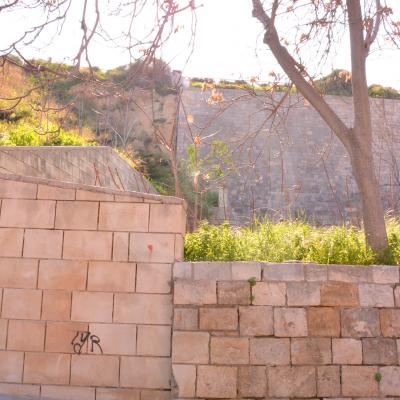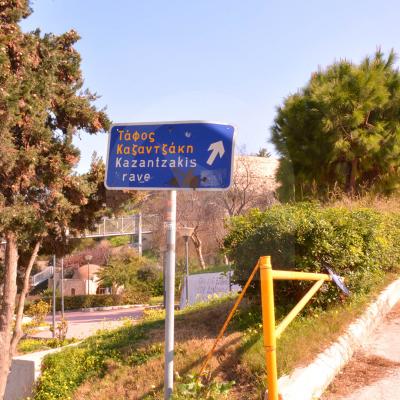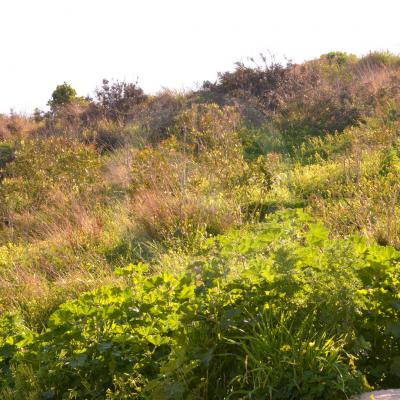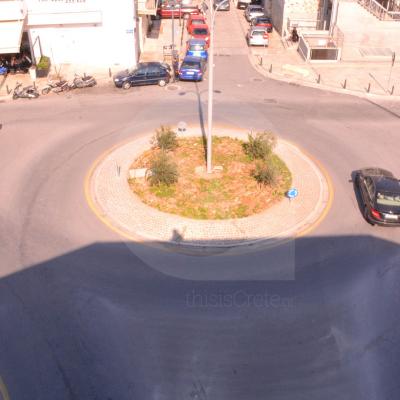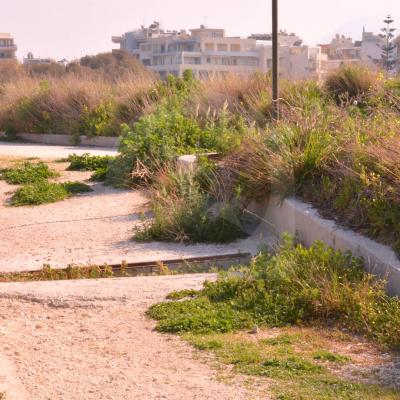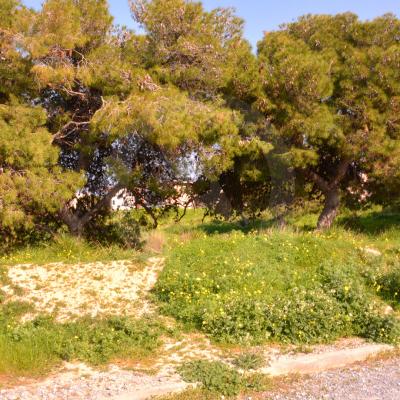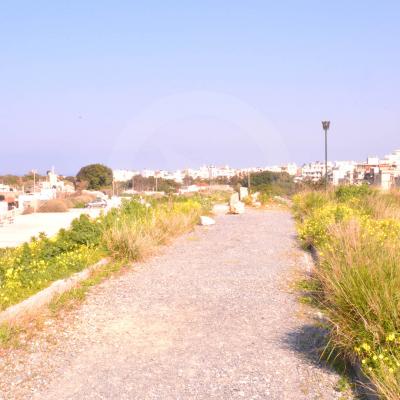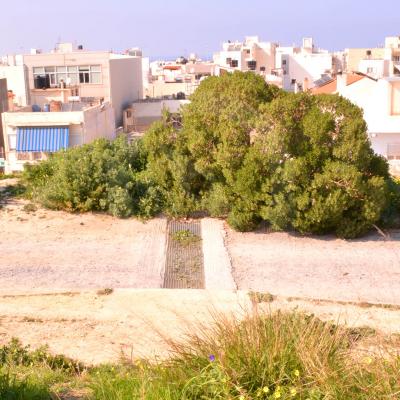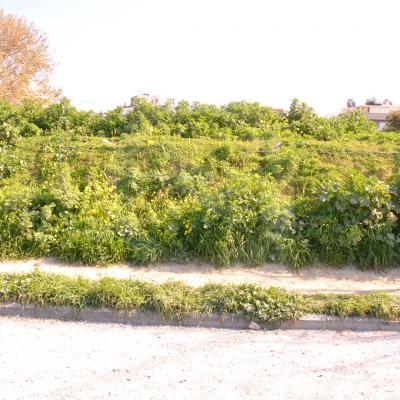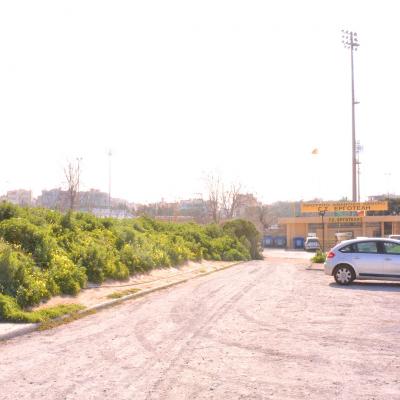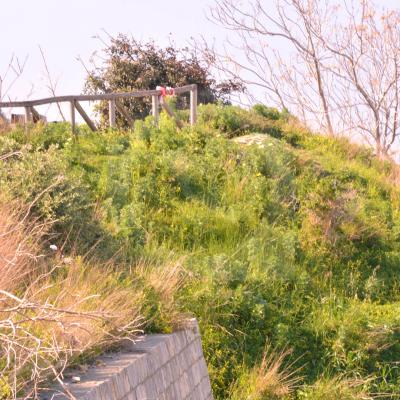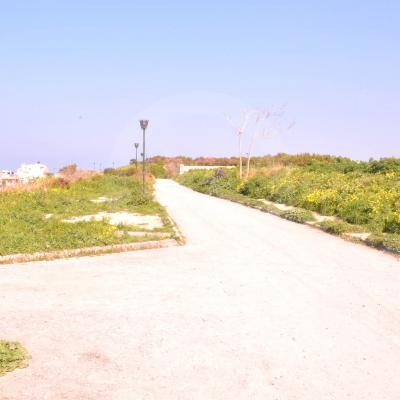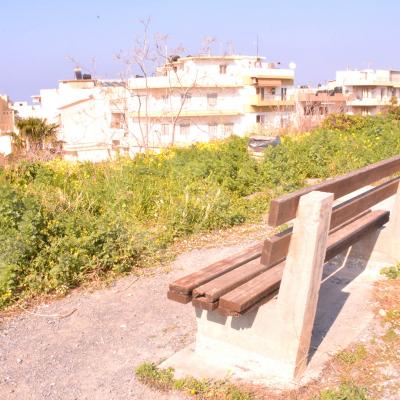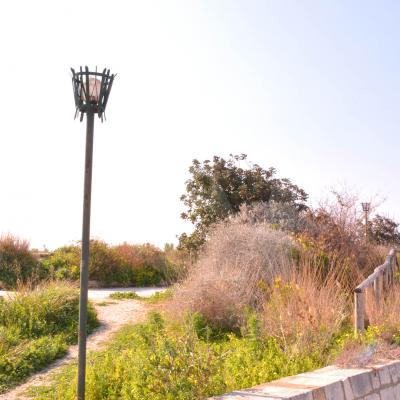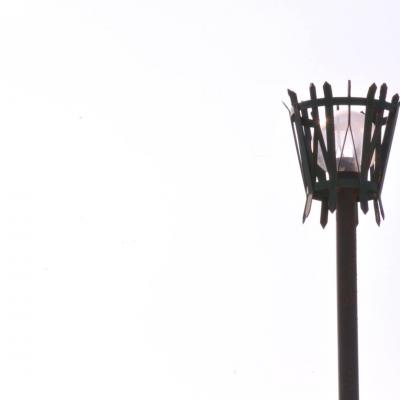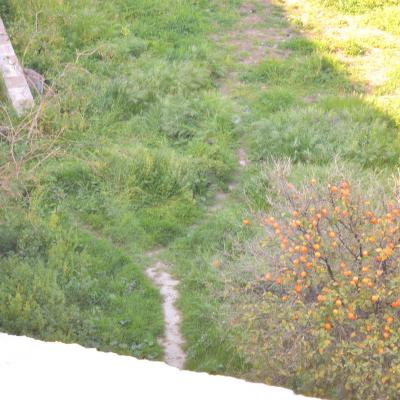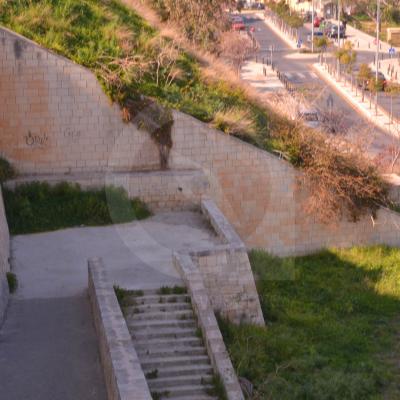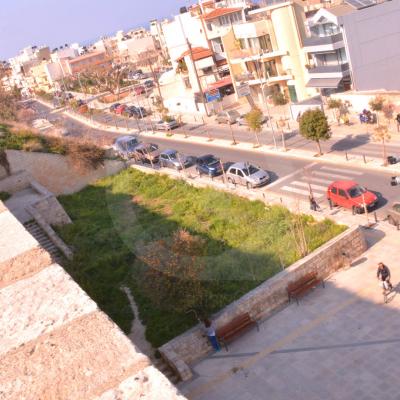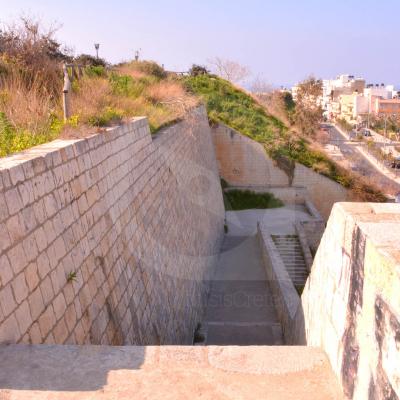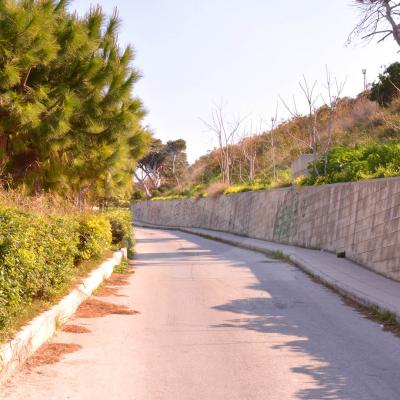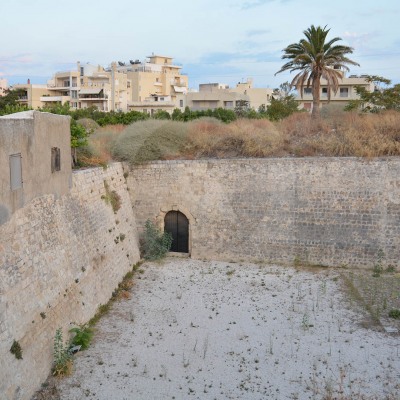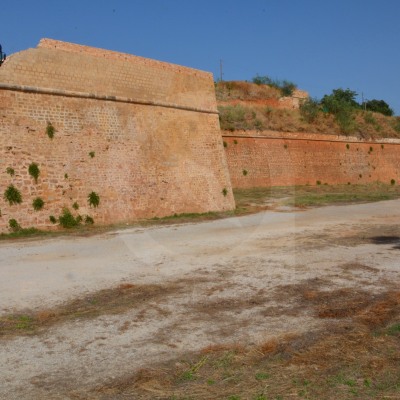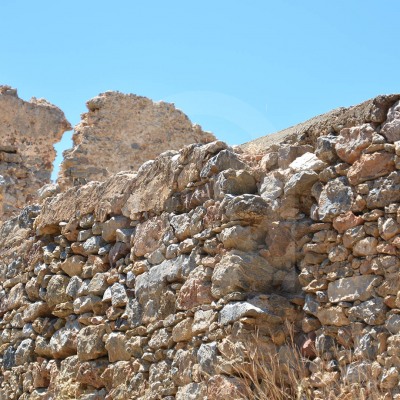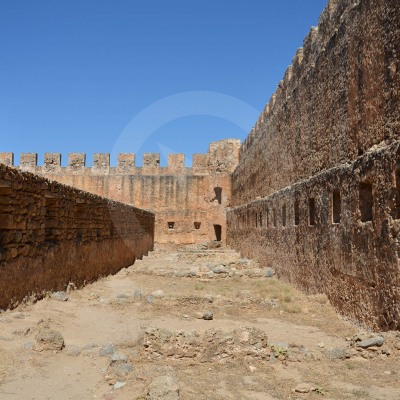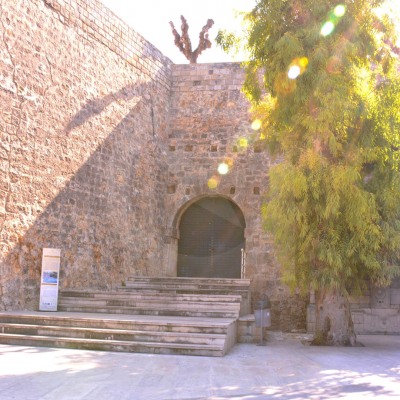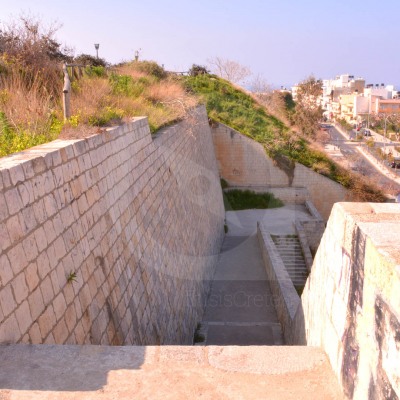The imposing walls of Heraklion are characterized by a long and rich history which begins around the middle of the 14th century, after the fall of Constantinople by the Turks.
When Constantinople fell, the Venetians realized that the Ottoman Empire would soon turn its attention to Crete. The need for a more modern and thorough fortification of the city became more urgent than ever, as Candia had spread far beyond the Byzantine walls, which were otherwise incapable of withstanding a serious siege.
So the Venetians sent their best engineer, Michele Sanmicheli, who designed the most imposing and strong walls that a European city had until then. Their construction began in 1462 and lasted more than a century. This giant 3 km long wall was built following a new fortification system, which was able to protect the city from enemy cannons - this new way was called "bastion system". With it, the Venetians equipped the wall with seven bastions (Sampionara, Vitturi, Jesus, Martinego, Bethlehem, Pantocrator, St. Andrew) and built an additional four central gates, each with its own antenna and one.
For the construction of the walls, all the Cretans, aged 14 to 60, were obliged to work for a week a year, carrying stones from the ruins of Knossos but also from the quarries of Katsamba.
When the Turkish army landed in Crete in 1645, it slowly managed to occupy the entire island except the capital. In May 1648, however, the Turks reached the city walls. The siege of Candia lasted 21 whole years, from 1648 to 1669, and became known as the longest siege in history.
Leading figures were General Francisco Morosini, who was given the task of defending the city, and Ahmed Kioprouli Pasha, who replaced General Hussein after he was beheaded by the Sultan due to incompetence.
Despite the superiority of the Turks in numbers, the city walls were very strong and the city did notm to be falling. Kioproulis realized that with the cannons alone would not be able to win the siege, and so he decided to use a different weapon, gold! Many of the impoverished besieged were tempted by Kioproulis' offer, and rushed to provide information on the city's defense. The betrayal of the engineer, Colonel Andrea Barozzi, played a key role in the fall of the city, revealing to the enemy all the weak points of the fortifications and also advising them where to turn their cannons.
With this new information, the Turks managed to bend the defense of Candia and enter the city triumphantly on September 28, 1669, after a harsh capitulation.

